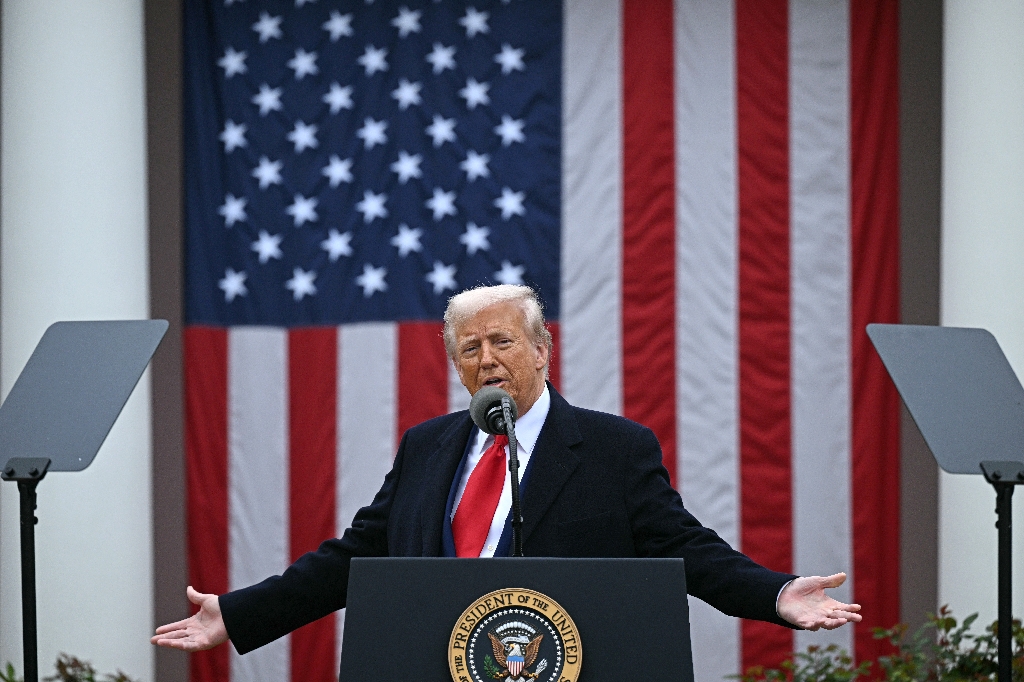Washington (AFP) – Retail sales in the United States came in stronger than expected in September according to government data released Tuesday, supported partly by sales in the auto sector and at gasoline stations.
Sales rose 0.7 percent last month in the world’s biggest economy, reaching $704.9 billion, while the pace of growth in August was revised upwards to 0.8 percent, the Commerce Department said on Tuesday.
While the latest figure marks a slight slowdown, it remains significantly higher than analysts expected.
US consumption has shown resilience despite higher interest rates, after the central bank embarked on an aggressive campaign to lower inflation last year.
The Federal Reserve lifted the benchmark lending rate rapidly, increasing the cost of borrowing and lowering demand by making it pricier to get funds for big-ticket purchases or business expansion.
In September, sales at motor vehicle dealers rose 1.1 percent from August, while sales at gas stations picked up 0.9 percent.
– Job market support –
While the US economy has remained strong in the face of elevated interest rates, analysts warn it is a matter of time before tighter credit conditions bite.
For now, a strong job market is a “key underpinning of the consumer,” said economist Oren Klachkin at Nationwide.
“As long as the job market stays solid and wages continue to rise, we should in turn expect retail sales to be pretty strong, to post positive month-on-month gain,” he told AFP.
But he anticipates that the economy will eventually cool, with the Fed holding interest rates at a higher level for a longer period.
Kieran Clancy, senior US economist at Pantheon Macroeconomics said the strength in third-quarter consumption spending “is hard to square” with the jump in student loan repayments and the ongoing depletion of excess savings accumulated during Covid.
Clancy added that most effects from the Fed’s rate hikes have “yet to be fully felt by the consumer sector.”
With September retail sales much stronger than expected and earlier months’ figures revised up, consumption will likely lift GDP in the third quarter, said economist Rubeela Farooqi of High Frequency Economics.
Beside the still-strong labor market, disposable incomes and a gradual slowdown in inflation are supporting spending and growth, she added.
But an acceleration in household spending could cause inflation to remain elevated, raising the chance of another Fed rate hike this year, she said.




